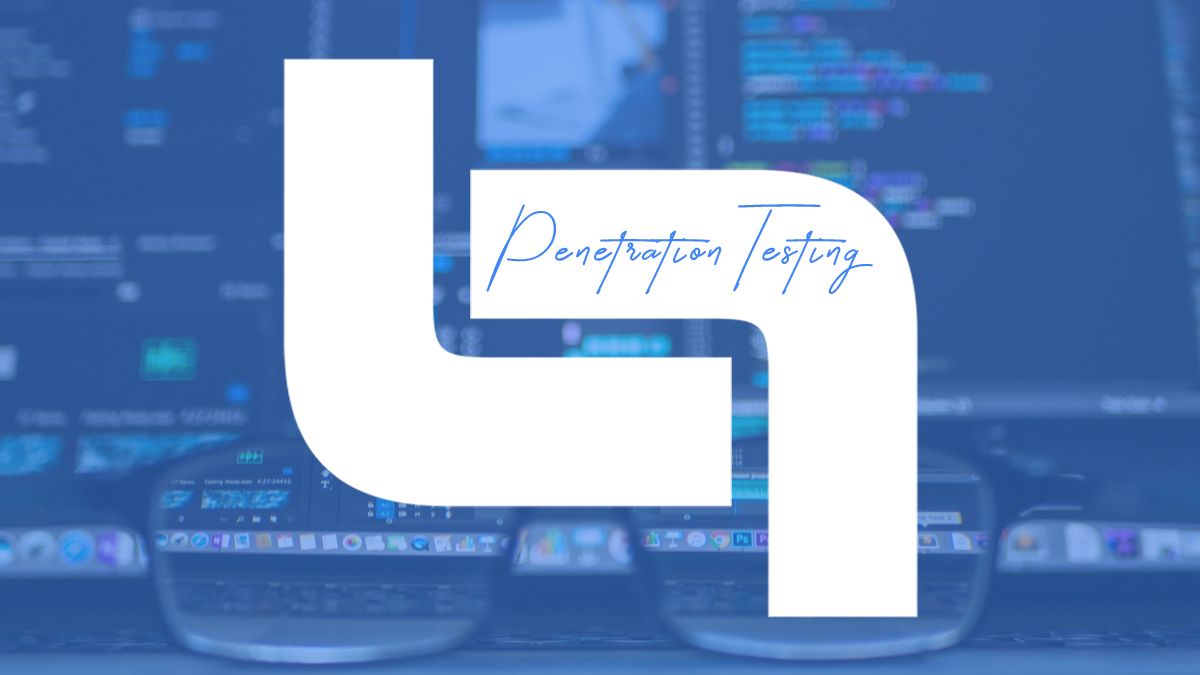You have a lot of choices when it comes to performing a pentest – too many, in fact. Many tools are available, which might make it tough to figure out which one is ideal for your needs. This blog post will discuss the different types of pentesting tools, as well as how to choose the right one for your business. We’ll start by discussing open-source and commercial tools, then move on to free and paid options. Finally, we’ll give you a few tips on how to select the right pentesting tool for your needs.
Types of tools based on their license:
- Open source tools: Such tools are released under a license that allows users to study, change, or distribute the software. This type of tool is typically free to use.
- Commercial tools: Commercial tools are developed by companies and released under a proprietary license. These tools often require payment for usage rights.
- Free tools: These are available at no cost to the user. However, they may be limited in functionality or supported by advertisements. Unlike open source tools, simply free tools do not make their source code public.
Why use open source tools for pentesting?

Open source pentesting tools have several advantages over their commercial counterparts:
- They’re free: Open source pentesting tools are always free to use, regardless of your budget or needs.
- They’re customizable: Open source pentesting tools can be modified to suit your specific needs, giving you more control over the testing process.
- They’re community-driven: A community of users contributes to the development and maintenance of open source pentesting tools. This means that online, you’ll often be able to discover answers and assistance for these tools.
The 5 best open source penetration testing tools
OWASP ZAP
This is a versatile tool that allows you to perform dynamic application security testing of web applications. It includes features such as spidering, fuzzing, and scanning.
Nmap
This is a network exploration tool. It allows you to scan networks for vulnerabilities via open ports, identify hosts, and map networks.
Metasploit
Metasploit is one of the best open source penetration testing tools that allow you to develop payloads(malicious code) and exploit known vulnerabilities in systems and networks.
Nikto
Nikto is a web server scanner. It can be used to identify malicious files of various formats. Additionally, it checks for unpatched server software as well.
sqlmap
sqlmap is an automated database take-over tool for MySQL databases. It has many features, including full database access via SQL injections or reverse shells on vulnerable systems with no authentication credentials required at all! This makes it ideal for pentesters who need quick access to their targets’ sensitive information without having to manually enter commands every time they scan a new system.
How to select the right open source pentesting tool?

Ask yourself:
- Are the tools easy enough for non-tech users to understand and operate?: Can anyone effectively use these tools without extensive training sessions before every test run? What about security analysts who aren’t familiar with coding languages like Python; can they still use the tool without issue?
- What operating systems and devices does the tool support?: Is it compatible with my current environment?
- Do you have prior experience using penetration testing tools?: Do you feel more comfortable using a graphical user interface (GUI) or would you prefer to work in a terminal window?
- What type of knowledge do you wish to acquire from your pentesting activities?: Are you looking for vulnerabilities that can be exploited to gain access into a system, or are you more interested in identifying potential weak points that could be mitigated before an attack occurs?
Summing it up…
Penetration testing would be a great addition to your arsenal for network security strategies. It helps identify vulnerabilities before hackers get a chance to find them, allowing organizations to address them before they can be used as attack vectors later down the line.
A penetration testing tool should be easy enough for non-technical users to understand and operate, but powerful enough to not just detect vulnerabilities – it should also provide insight into how they can be fixed to keep your systems safe. Open source pentesting tools are free to use and supported by communities of developers who create new versions or update existing ones regularly with improved features. These are usually ready to protect against the latest threats before any other tool.
When choosing an open source pentesting tool, consider how experienced you are with using such tools and what type of information you hope to glean from the process. With so many options available, it’s important to find the right one for your specific needs to get the most out of your pentesting efforts.

